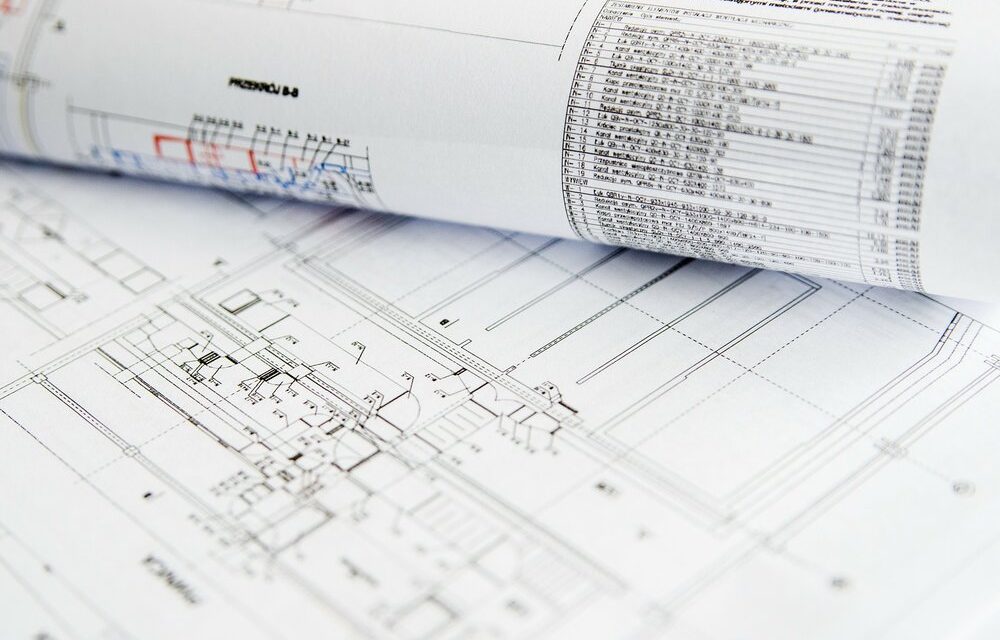Earlier this week I broke down what entitlements are. I explained “Understanding the Code” and “Types of Entitlements”. I think this information is so important to learn before you submit for entitlements. I also wanted to provide you with a quick guide on how to submit for entitlements. Every project is different, but there is a typical process you can follow to have a successful submittal. Take a look at the step-by-step guide below and feel free to contact me if you have any questions.
Understanding what the submittal requirements are
Once you’ve done your research (see previous blog “What are Entitlements”), it’s time to prepare the submittal package. The jurisdiction will provide you with an application that lists most of the items needed for your entitlements. This is at the minimum: a conceptual site plan, building elevations and floor plan. Other items may be a color and materials board, conceptual grading plan, drainage study or landscape plan. It is also important to contact the City. The City Planner might ask you for additional items that your specific project may require. Understanding the details of your submittal and asking questions are the keys to starting a successful submittal.
Confirm if any environment is required
In California we have laws that require public agencies to regulate the environmental impact of development projects. The California Environmental Quality Act (CEQA) was created to limit this impact in areas such as traffic, noise, and air quality. CEQA can be a complicated and lengthy process. I found this article very informative on the process: https://la.curbed.com/2012/2/7/10398386/ceqa-california-environmental-quality-act-law
Submittal Process Breakdown
Every project and jurisdiction is very unique, however we provided a brief breakdown of what you can typically expect from an Entitlements Submittal Process.
- Contact The Planning Department and determine what application you need.
- Once you have your application, review the submittal requirements. What items are needed?
- Determine which sub-consultants you will need. Typical examples: Architect, Civil Engineer, Geotechnical Engineer, Environmental Consultant, Land Surveyor, Landscape Architect.
- Submit a complete package to the City based on submittal requirements. Make sure you have everything you need. If you are missing something, the project will most likely get kicked back and cause a delay.
- The initial review typically takes 30 days to complete. During this review, each department reviews your project and determines if it meets the planning guidelines or code.
- Once the review is complete, you will receive comments from each department. It is important to read and understand every single comment.
- Return comments to your sub-consultants and request for a timeline for revisions to be made to the plans. Make sure you understand the revisions and requests. Some items may significantly impact your project cost and timeline.
- Resubmit plans with a Response Letter. You want to itemize every comment and provide a response as to where this is identified on the plans. You want to guide the plan checker to the answer so they know it is resolved.
- On average, you can anticipate 2-3 rounds of comments/resubmittals.
- Once your project is deemed complete, there is typically a Public Hearing to follow. At this point you will receive the date for your project to be heard at the Public Hearing.
- About 1-2 weeks before your hearing, you should receive Conditions of Approval. These are guidelines from each department on how your development project will be designed and function. These guidelines should be specific to your project.
- A Public Hearing will be held by the leading agency to present your project to the public and surrounding neighbors. This is the opportunity for the public to address your project.
- Once approved, there is an appeal period for any further written oppositions.
- Once the appeal period is complete, you can begin Construction Drawings!


